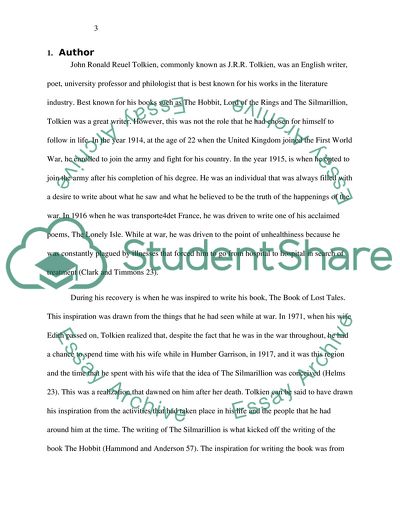Cite this document
(“The Hobbit: Setting, Narration, and Theme Book Report/Review”, n.d.)
The Hobbit: Setting, Narration, and Theme Book Report/Review. Retrieved from https://studentshare.org/literature/1826125-english-research-paper
The Hobbit: Setting, Narration, and Theme Book Report/Review. Retrieved from https://studentshare.org/literature/1826125-english-research-paper
(The Hobbit: Setting, Narration, and Theme Book Report/Review)
The Hobbit: Setting, Narration, and Theme Book Report/Review. https://studentshare.org/literature/1826125-english-research-paper.
The Hobbit: Setting, Narration, and Theme Book Report/Review. https://studentshare.org/literature/1826125-english-research-paper.
“The Hobbit: Setting, Narration, and Theme Book Report/Review”, n.d. https://studentshare.org/literature/1826125-english-research-paper.


